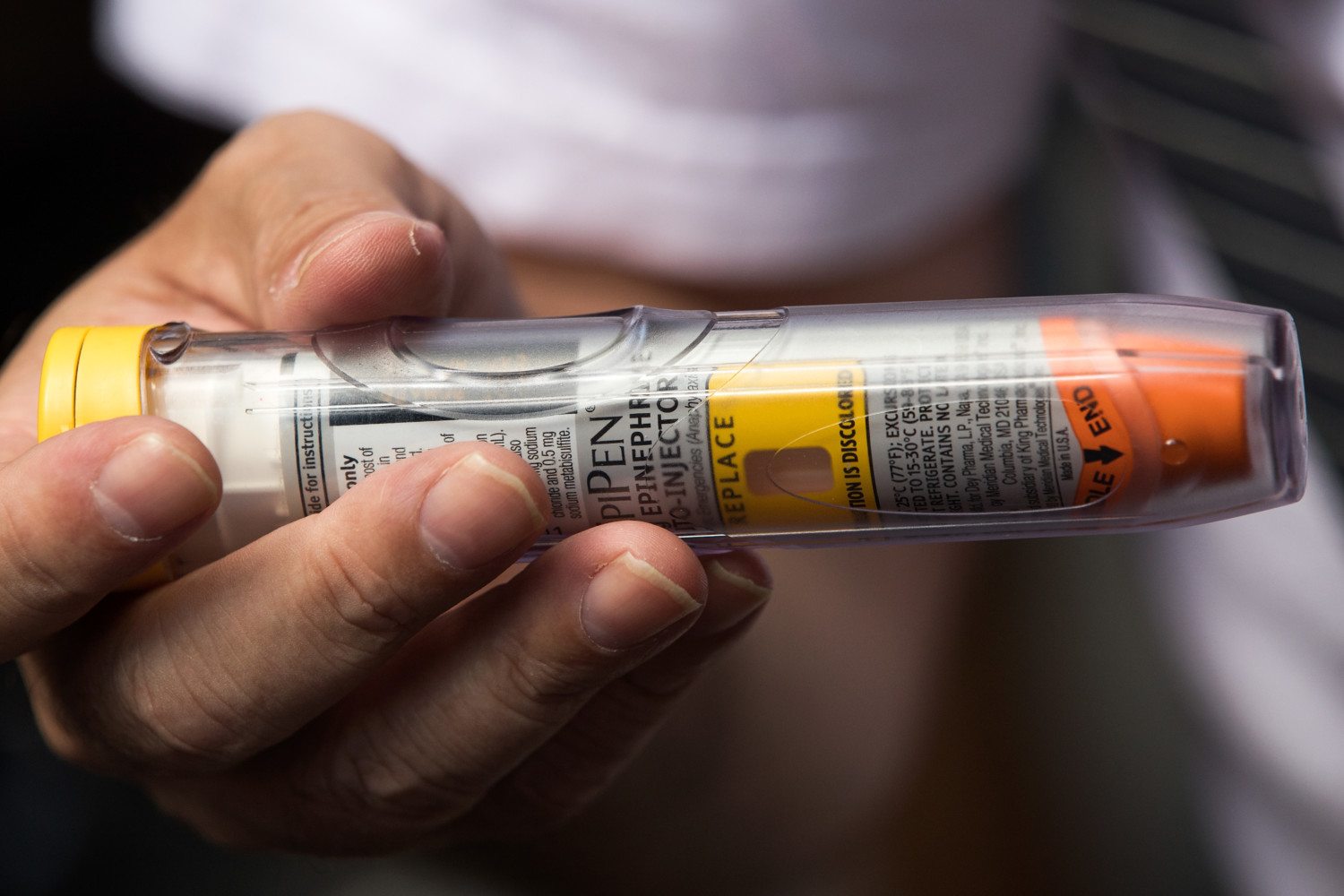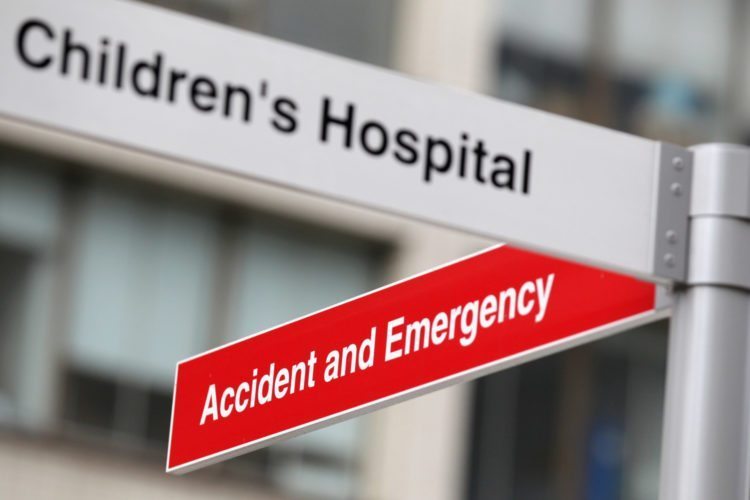Study: Kids more likely to get epinephrine in ER than from auto-injectors
For those with severe allergies, a speedy reaction is necessary in order to prevent serious complications—but according to a new study published in the Annals of Allergy, Asthma and Immunology, fewer than half of all children arriving in emergency room or urgent care facility for anaphylaxis had received an epinephrine shot prior to their visit.
The study points out a dangerous trend in caregivers’ reaction to children’s allergic reactions.
The researchers, from the American College of Allergy, Asthma, and Immunology, looked at the medical details of 408 patients who were treated for anaphylaxis over the span of four years. Despite the fact that 65 percent of the patients had a history of severe allergies (and 47 percent of those had been prescribed an epinephrine injector in the past), only 36.3 percent of patients had received an epinephrine shot before arriving at the care center.
Past research has found that epinephrine usage isn’t as high as it should be among the parents of kids with severe allergies. One study, carried out at the University of British Columbia last year, found that many parents didn’t recognize the symptoms of anaphylaxis, nor were they confident in their administration of epinephrine. Many parents used the injector upside down or didn’t press hard enough to administer the full dose of the injection.
“Allergists want parents, caregivers and emergency responders to know epinephrine should always be the first line of defense when treating anaphylaxis,” allergist and study author David Stukus told ScienceDaily. “It’s vital to keep your epinephrine with you if you suffer from any sort of severe allergy. Anaphylaxis symptoms occur suddenly and can progress quickly. Always have a second dose with you and, when in doubt, administer it too. Anaphylaxis can be deadly if left untreated.”
Stukus’ warning is the same message echoed by the UBC study last year: It’s of vital importance that parents understand when and how to administer epinephrine, and they need to have the routine down-pat long before they’re thrust into a stressful emergency situation.
If you or a loved one has severe allergies, make sure you’re confident about how to use an epinephrine injection—and then keep it on you at all times.
According to the Mayo Clinic, anaphylaxis symptoms usually occur within minutes of exposure to an allergen but can sometimes occur 30 minutes or more after exposure. Signs and symptoms include:
- Skin reactions, including hives and itching and flushed or pale skin
- Low blood pressure (hypotension)
- Constriction of your airways and a swollen tongue or throat, which can cause wheezing and trouble breathing
- A weak and rapid pulse
- Nausea, vomiting or diarrhea
- Dizziness or fainting







